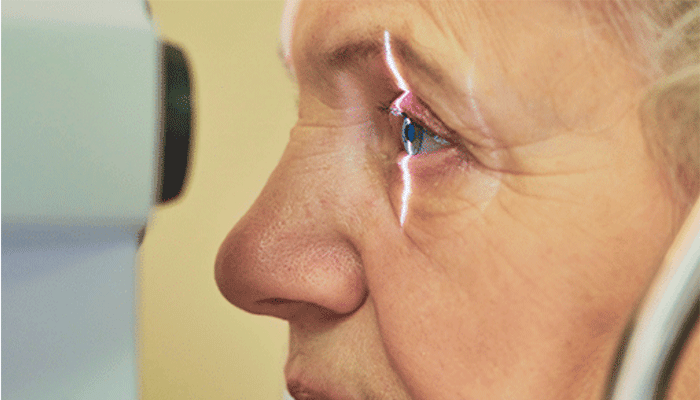
Best Glaucoma Specialist for Glaucoma Treatment in Thane
What is Glaucoma ?
Glaucoma can occur at any age but is more common in older adults. Glaucoma is a general term used to describe a group of eye disorders that damage the optic nerve. It's the most common form of optic nerve damage leading to vision loss.The damage caused by glaucoma is irreversible; treatment only prevents further damage; once vision is lost, it cannot be recovered.
Symptoms of Glaucoma -
- Severe eye pain
- Nausea
- Vomiting
- Redness in your eye
- Sudden vision disturbances
- Seeing colored rings around lights
- Sudden blurred vision
Different Types of Glaucoma
The different types of Glaucoma are:
Open-Angle Glaucoma
A type of glaucoma that is most common. The part of the eye that allows fluid to drain out is open in this type of glaucoma. It is possible, however, that the drainage pathway is defective, resulting in increased resistance to the flow of fluid from the eye. Fluid flow may also increase pressure in a small percentage of patients. In this type of glaucoma, there are no symptoms at all.
Angle-closure glaucoma
There is a narrow drainage channel in the eye that causes this type of glaucoma. In an acute angle closure attack, the drainage angle suddenly closes, resulting in chronic angle closure. Angle closure glaucoma usually presents as an emergency.
Normal tension glaucoma /Low tension glaucoma
This type of glaucoma can affect the optic nerve despite adequate eye pressure. Normal tension glaucoma is believed to occur because of an extremely fragile optic nerve that can get damaged even though the pressure in the eye is adequate. The reason for this is that the optic nerve is not getting enough blood flow. Its silent nature leaves people without any visual complaints until very advanced stages of the disease.
What are the causes of Glaucoma?
The main causes of Glaucoma
- Eye fluid (Aqueous Humour) is blocked or restricted.
- If the blood flow to the optic nerve is reduced, one can lose their vision and become blind as a result.
- Cataract which are not operated for a long time.
- Injury to the eye in the past.
The optic nerve is damaged by glaucoma in what way?
Glaucoma is caused by increased pressure inside the eye. A space called the anterior chamber sits in front of the eye. This space is continuously nourished by clear fluid flowing in and out. At the angle where the cornea and iris meet, fluid leaves the anterior chamber. Like a drain, fluid flows through a spongy meshwork when it reaches the angle.
What are symptoms of Glaucoma in eyes ?
Glaucoma symptoms vary depending on the type and stage of the disease.
Open-angle glaucoma
- Your side vision gradually becomes blinded by blind spots. Peripheral vision is also called side vision.
- Having difficulty seeing things in your central vision in later stages.
Acute angle-closure glaucoma
- Headache that is severe
- A severe pain in the eye
- Nausea or vomiting symptoms
Normal-tension glaucoma
- Loss of side vision
Diagnosis of Glaucoma
It is imperative for the patient to get a thorough diagnosis before getting treatment. Diagnosing glaucoma requires a detailed patient history and imaging tests. Glaucoma diagnostic tests include:
- Using tonometry, a slight air pressure is applied to the cornea to measure intraocular pressure.
- A retinal imaging test provides a digital image of about 80% of the eye and helps diagnose eye conditions.
- Test your peripheral vision and see if you have any vision loss by taking a visual field test.
- It is a quick and painless test that measures your corneal thickness in order to determine if you have glaucoma due to an abnormality in the cornea
Get the World Class Glaucoma Treatment by Dr. Neeta Maske, glucoma specialist in Thane West at Icon Vision Clinic in Thane. Book you Appointment today.